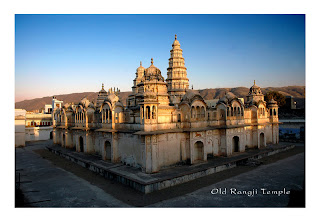
Seventy per cent of India's population lives in villages, and a vast majority of people solely depend on agriculture. As a result, we find that most Hindu festivals are directly or indirectly linked to agriculture and related activities.
 Pongal is one such big festival, celebrated every year in mid January - mostly in the south of India and especially in Tamil Nadu - to mark the harvest of crops and a special thanksgiving to God, the sun, the earth and the cattle.
Pongal is one such big festival, celebrated every year in mid January - mostly in the south of India and especially in Tamil Nadu - to mark the harvest of crops and a special thanksgiving to God, the sun, the earth and the cattle.Pongal is celebrated during the same time as 'Bhogali Bihu' in the North Eastern State of Assam, Lohri in Punjab, 'Bhogi' in Andhra Pradesh and 'Makar Sankranti' in the rest of the country, including Karnataka, Maharashtra, Uttar Pradesh, Bihar and Bengal.

Pongal is directly associated with the annual cycle of seasons. It not only marks the reaping of the harvest, but also the withdrawal of the southeast monsoons in southern India. As the cycle of season rings out the old and ushers in the new, so is the advent of Pongal connected with cleaning up the old, burning down rubbish, and welcoming in new crops.
Pongal in the state of Tamil Nadu is celebrated during the same time as 'Bhogali Bihu' in the North Eastern State of Assam, Lohri in Punjab, 'Bhogi' in Andhra Pradesh and 'Makar Sankranti' in the rest of the country, including Karnataka, Maharashtra, Uttar Pradesh, Bihar and Bengal.





















.jpg)







.jpg)
.jpg)
.jpg)


.jpg)




.jpg)








